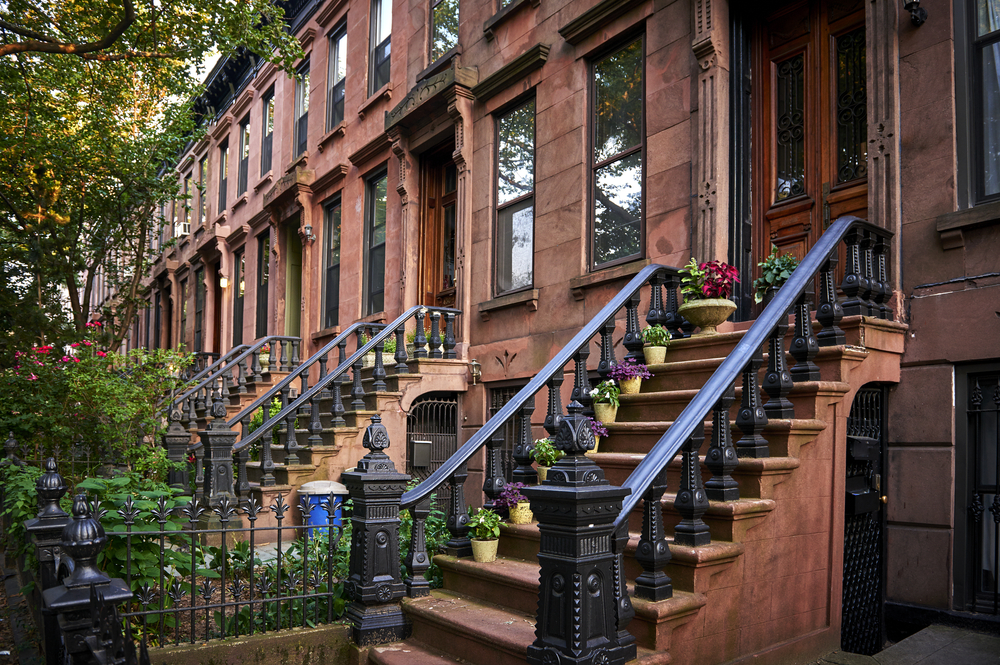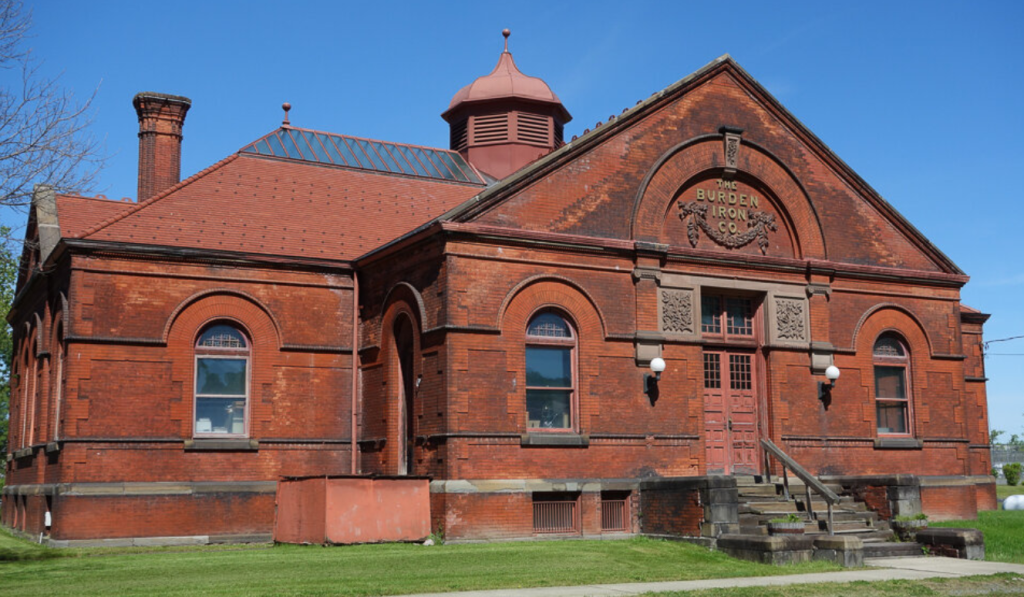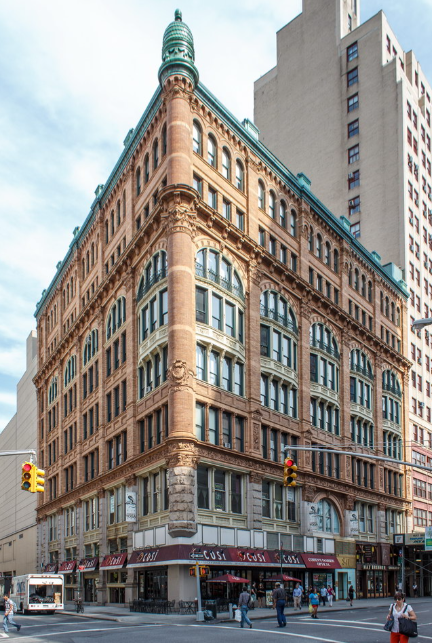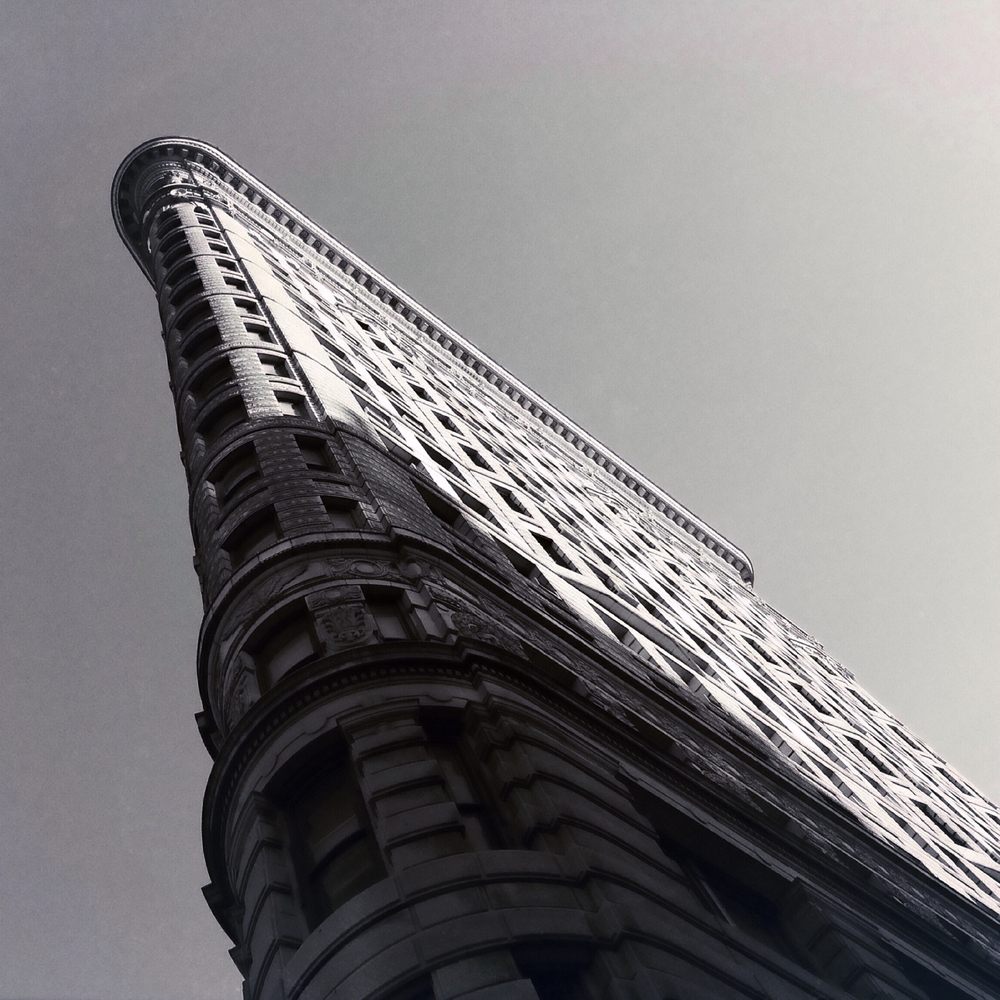Iron has a rudimentary role in the construction of our civilization but we rarely think of its significance. We live in buildings, use products, and take advantage of transportation services, created with the help of iron, not realizing what a breakthrough the smelting process once was or how the invention and later development of melting furnaces propelled the industrial revolution.
Iron and its byproducts – wrought iron, cast iron, and steel to this day play a crucial role in the operation of many of our industries. The majority of the equipment and machinery used in the automobile, construction, and energy industries are built using at least one of these metals.
Melting, forging, and crafting iron are processes deeply rooted in our culture and technological advancement, and perhaps we should pay more attention to what they helped us build. Let’s look at some of the iron crafting achievements of New York’s metalworkers, blacksmiths, and craftsmen.
But first a little bit of history.
How Old Is the Iron Crafting Tradition in New York?

Iron history in the States is as old as the country itself. The first iron furnace was built by Virginia settlers between 1619 and 1622. It was a charcoal furnace located near the James river, south of what is now Richmond.
From there the trade slowly grew, thanks to the land, rich in natural resources. By the 1700s, the first iron furnaces for domestic use were established. These iron furnaces much like the one near Richmond were strategically placed near rivers, and forests so enough water power and charcoal would be available. The furnaces also needed to be close to a major market or water transport.
This is how New York rose to prominence, quickly opening foundries, steel works, and rolling mills at locations along the Erie Canal and the Hudson River. These facilities produced rails, wheels, and other tools for the rapidly expanding railroad industry.
But supplying fuel was hard and somewhat limited the production of iron tools and elements. That was until new transportation routes were established. Transported, first through canal systems, and later the railroads, the coal from Pennsylvania reached New York and fueled the iron forging foundries. The development of new routes also made it economically affordable to bring both ore and pig iron from more remote areas.
New York became a center of innovation and development in the iron industry. The machine-made horseshoes from Troy, and Henry Burden’s hook-headed railroad spike, greatly advanced the spread of railroads around the country. Henry Burden’s work also contributed to the production of the wrought iron through the invention of the “rotary concentric squeezer”.
The New York foundries didn’t only produce necessities for the railroad industry, they also specialized in many groundbreaking iron and steel goods shipped across the world. The West Point Foundry on the Hudson River pioneered the construction of steam locomotives, iron ships, and rifled cannons. The revolutionary warship, U.S.S. Monitor was built by the joint effort of several foundries, most of which were located along the Hudson River.
The iron industry in the American colonies was booming. So much so, that by 1776, 80 iron furnaces were manufacturing as much iron as Great Britain. The United States became the world’s third largest producer of iron, with estimated 30,000 tons of iron production a year.
Revolutionary War Developments
While this development created incredible industrial opportunities for the country the booming foundries were a direct competitor to Britain. This wasn’t met enthusiastically by the British, and in 1850, their parliament issued a law known as the Iron Act.
The Iron Act was meant to limit the emerging iron manufacturing industry; its enforcement, however, proved insufficient. Actually, the legislative act became one of the causes of the American Revolution.
After the Revolutionary War, the American iron foundry industry bloomed. The Civil War was another factor that drove the development of the industry country-wide.
But New York’s iron production gradually slowed down at the end of the 19th century, with mines and furnaces in the state closing. By the late 20th century the iron industry in the state had largely become history.
The iron industry tradition in New York, however, left a significant mark on New York’s architecture.
Here are a few iron buildings in New York that still impress visitors.
The Iron Buildings of New York State
The small town of Troy was once a center of iron craft for the state of New York and has some of the most stunning wrought and cast iron adorned buildings. One that stands particularly amongst others is the:
1. Burden Iron Works Museum

Built between 1881 and 1882 the building was once the headquarters of Henry Burden’s groundbreaking iron mill. At its peak, around 2,000 men worked in the complex, which once stretched a mile along the Hudson river. Today, only the museum building remains, adorned with crafted iron doors and wrought iron elements ornamenting its cupola, roofs, and windows. Additionally, inside the museum building, you can find countless examples of the Burden Iron Works craftsmen’s iron creation.
2. The Roosevelt Building

In New York City there are about 250 iron-facing buildings, most of which are in Soho. The majority of those buildings were erected in the mid to late 1800s and carry the distinctive signature of New York craftsmanship.
The Roosevelt Building at 478 Broadway is probably one of the most significant iron-front buildings in the city. Constructed in 1874 by Richard Morris Hunt, the building carries the architect’s artistic sensibilities.
Hunt combined traditional construction methods with the then ground-breaking approach of using cast iron and glass for its front-facing facade. As Hunt was recorded commenting, the metal and glass helped create a window to the interior.
3. Flatiron Building

By the end of the 1800s, cast iron began to be replaced by steel-skeleton construction, which allowed even more artistic freedom.
The Flatiron Building at 5th Avenue is one example of architectural creativity in New York. The unusual-looking building was designed by Chicago architect Daniel Burnham and finished in 1902.
The distinctive triangle shape allowed the building to fit exactly in the wedge-shaped property at the intersection of 5th Avenue and Broadway. It’s also one of the buildings from the beginning of the 20th century with a frame entirely made of steel
The Flatiron Building may not be one of the tallest buildings in the city, with its 307 feet, and 22 stories but it sure is one of the most striking.
Wrapping Up

Iron was essential for the development of the United States. It was not only a basic material for countless tools and elements in the nation’s railways but helped sparked the fight for freedom. Iron’s influence grew from being a foundational material in equipment for clearing and working the land and preparing food.
Iron helped industrialize the country, aided the construction of homes, and historical sites still standing today. New York, in particular, still carries the careful work of the first American iron craftsmen, architects, engineers, and construction workers.
Serving a wide variety of purposes iron in its different forms is a material that makes us proud to continue the work of the many before us. Wrought iron is the metal that helps us keep craftsmen tradition alive. Through exquisite decorative projects, Cacciola Ironworks’ customers get to enjoy a piece of history in their homes too.
If you’re interested in finding out how wrought iron can help you celebrate American iron tradition, get in touch with us at https://cacciolairon.com/contact-us/.



